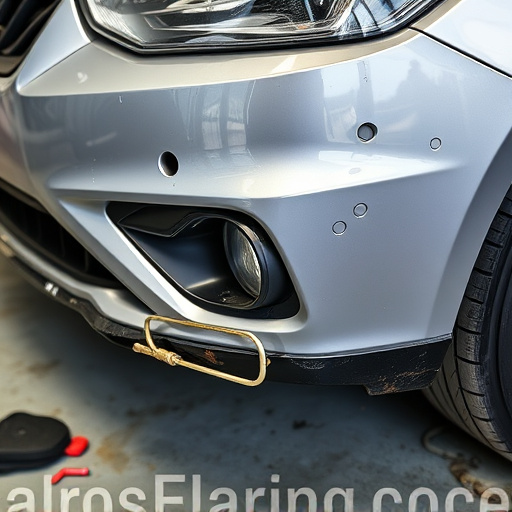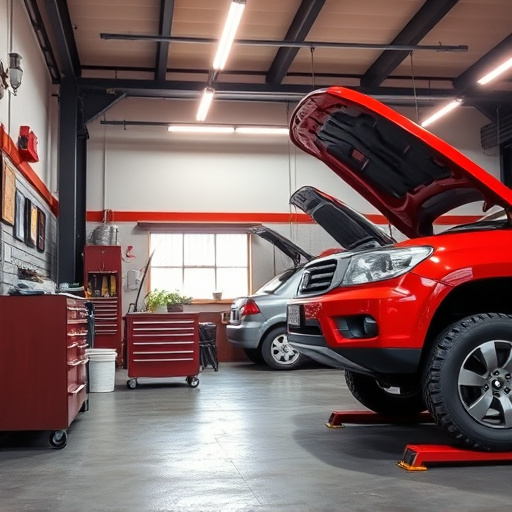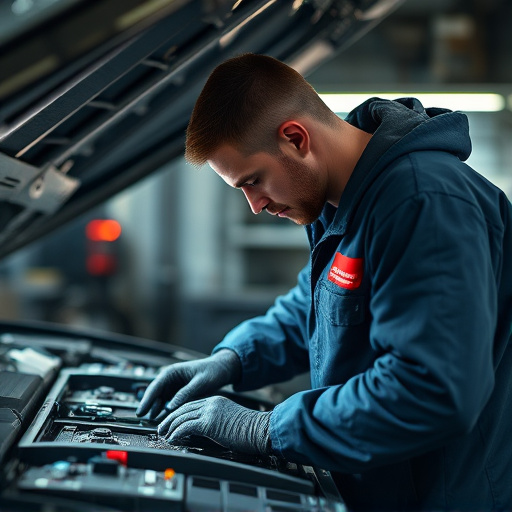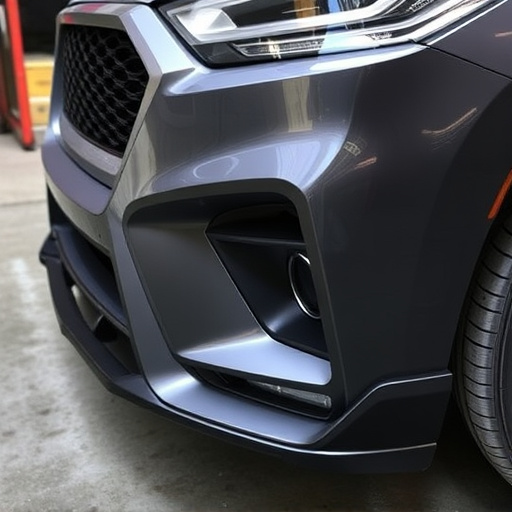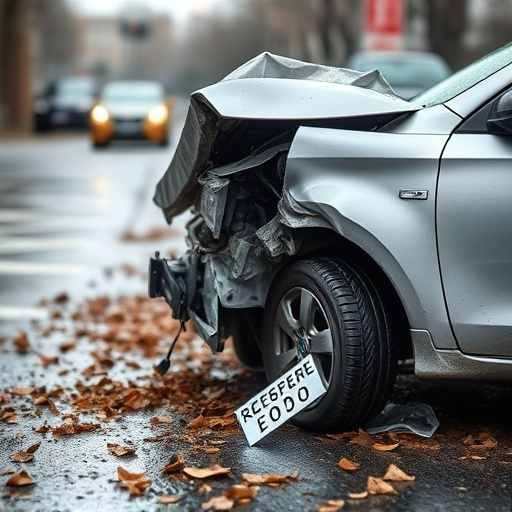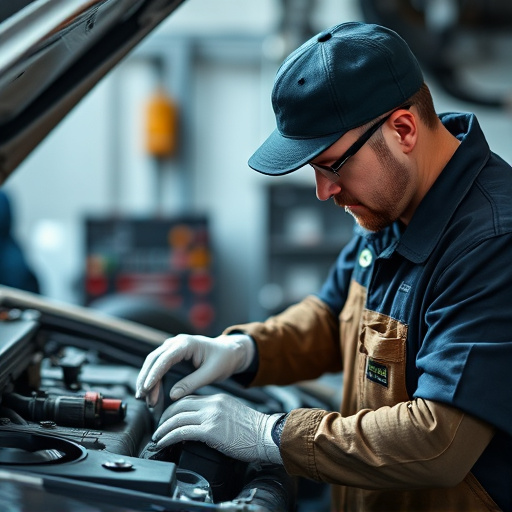Determining auto body repair pricing involves considering damage extent (from minor dents to structural repairs), labor rates based on complexity, material types and costs, location-based price variations, and reputable shops providing transparent estimates. Assessing damage critically, setting competitive rates by researching local competition, and implementing flexible pricing models cater to diverse customer needs while ensuring accurate auto body repair pricing.
Estimating auto body repair pricing accurately is a crucial skill for both shop owners and customers. This comprehensive guide breaks down the process into three key stages. First, understanding the cost factors behind auto body repairs helps set realistic expectations. Next, assessing damage involves evaluating dents, cracks, and their respective repairs. Finally, adopting effective pricing strategies ensures competitive rates that attract clients without undervaluing services. Master these steps to deliver transparent and affordable auto body repair solutions.
- Understanding Auto Body Repair Costs: Factors to Consider
- Assessing Damage: Evaluating Dents, Cracks, and Repairs
- Pricing Strategies: Setting Competitive Auto Body Repair Rates
Understanding Auto Body Repair Costs: Factors to Consider
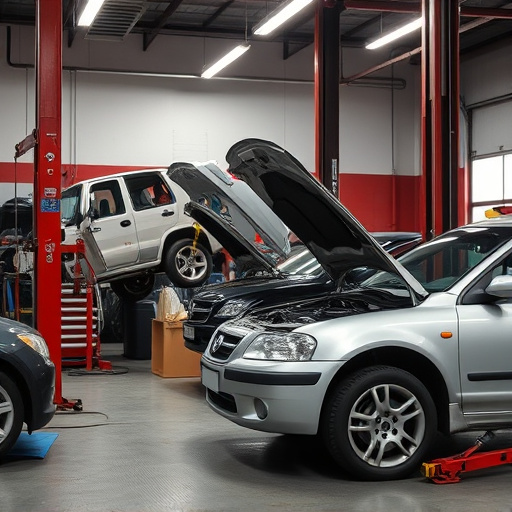
Estimating auto body repair pricing involves understanding that costs can vary widely based on several factors. First, consider the extent of damage to your vehicle; minor dents and scratches will have different price tags than significant structural repairs or complete car paint jobs. The complexity of the work required directly impacts labor costs, which are often calculated by the hour.
Additionally, the type of materials used in auto body services plays a significant role. Replacement parts can differ in quality and cost, affecting overall repair expenses. Location of the car repair shop is another factor; urban areas may have higher operational costs that get reflected in their pricing compared to suburban or rural locations. Remember, a reputable car repair shop will provide transparent estimates, breaking down labor and material costs for your consideration.
Assessing Damage: Evaluating Dents, Cracks, and Repairs
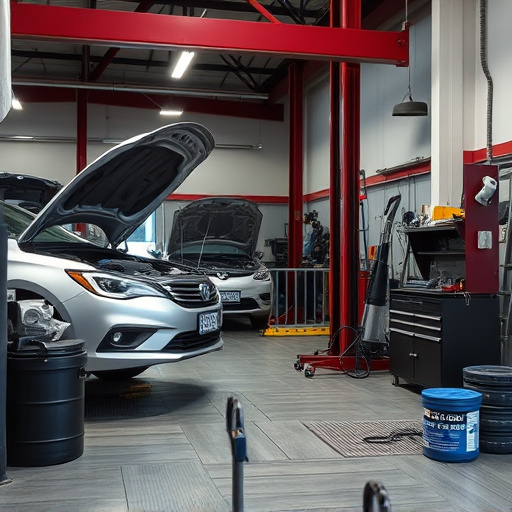
Assessing damage is a critical step in determining accurate auto body repair pricing. It involves meticulously examining the vehicle for dents, cracks, and other signs of damage. Start by walking around the car to get a holistic view of the extent of the harm. Look for any visible impacts or deformities that could affect structural integrity.
Focus on specific areas such as doors, fenders, and hoods—common sites for collision damage. Inspect the panels for dents, dings, and creases using a light source to detect hidden imperfections. Check for cracks in the paint, which might indicate deeper damage beneath. Additionally, assess tire services needs, as punctures or wheel damage can add to the overall auto body repair pricing. Keep detailed notes on each observation to ensure an accurate quote at the collision center.
Pricing Strategies: Setting Competitive Auto Body Repair Rates
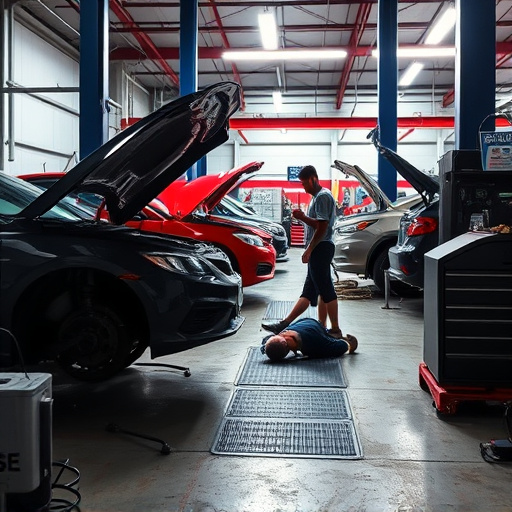
Setting competitive auto body repair rates is a delicate balance between attracting customers and ensuring profitability. It involves understanding your market, including local competition and customer expectations. One effective strategy is to research similar repair shops in your area and adjust your pricing accordingly. This doesn’t mean undercutting them aggressively; instead, focus on offering fair prices that match the quality of your work.
Consider different pricing models like hourly rates, flat fees for specific services (like vehicle dent repair or car body restoration), or combining both. For example, frame straightening may be charged at an hourly rate while smaller repairs like dents can be quoted as a fixed cost. This flexibility allows you to cater to various customer needs and budgets while maintaining the accuracy of your auto body repair pricing.
Accurately estimating auto body repair pricing is key to providing competitive rates while ensuring profitability. By understanding the factors influencing costs, assessing damage thoroughly, and employing effective pricing strategies, body shops can offer transparent quotes that attract customers and maintain a healthy business margin. Mastering these techniques allows for precise auto body repair pricing, fostering customer trust and satisfaction.

